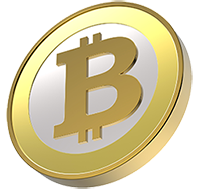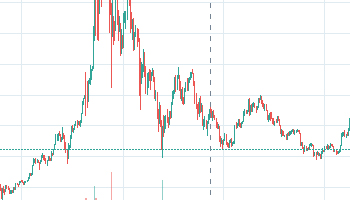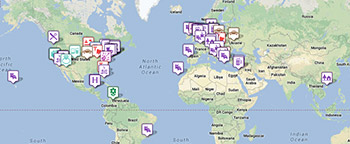Unless you’ve been living under a rock, you’ve probably already heard the words “Bitcoin” and “Blockchain” before. Yet many individuals are worried about using Bitcoin because they don’t understand how it works or the technology that powers it. And it makes sense: new technology can be very overwhelming. But once you understand the basics, using Bitcoin for your transactions is just as seamless as opening a bank account and shopping with your card online. Here’s what you should know about Bitcoin and how to get started:
Why Bitcoin?
If you’re reading this, you’re interested in learning more about surfing the Bitcoin wave. But why should you be interested in Bitcoin? There are a few core reasons. Bitcoin might be the latest buzzword in digital currency, but it’s no fad. For starters, as a decentralized digital currency, there are less intermediaries necessary to manage it. And with less middlemen, you can benefit from lower fees, faster transactions and processing times, and a higher level of security.
When transactions aren’t being passed through multiple parties, it creates a higher level of accountability. This, in turn, creates a greater sense of transparency. Although blockchain—the ledger that digital currency like Bitcoin uses—is peer-to-peer and open, it is very secure. Each transaction goes through a series of cryptography techniques before it’s finalized, making it difficult and nearly impossible to hack.
How does it work?
Now that you understand why you should use it, it helps to understand a little bit more about how it works. As previously mentioned, Bitcoin is built on blockchain. To help you understand in real-world terms, think of Bitcoin as a debit card and blockchain as a bank. Simply put, blockchain is a ledger—an ever-growing list of digital transactions that are linked together with cryptography. A community of administrators manages this network, but cannot change it. Think of Blockchain as a Google spreadsheet that many people have access to in real-time—only no one can edit it; they can only view it. And of course, specific details of those transactions are not revealed.
This is vastly different from when you use a bank to manage your money. Those corporate systems have the power to change any part of their internal processes. Blockchain does not. Bitcoin is a digital currency that fluctuates in value, but can be purchased, sold, or even created. New Bitcoins are created when powerhouse computers solve complex algorithms—once the algorithm is solved, the computer and its user are awarded with Bitcoin, but there can never be more than 21 million Bitcoin out there in the world.
Getting your own Bitcoin
The first thing you’ll need to do if you want to get started with Bitcoin is to get a Bitcoin wallet account with a company like Bitwallet. A Bitcoin wallet is necessary if you want to send and receive Bitcoins. Private keys are used to access your Bitcoin account (think of this like a bank account number). You also have a public Bitcoin address, which is only accessed through your private keys. There are many types of Bitcoin wallets; there are some that are mobile-based, desktop-based, and even hardware based. Which wallet you should choose depends on how you’ll be using your Bitcoin. For instance, if you plan to use Bitcoin on the go, a mobile-based option would be better for you.
Purchase a Bitcoin
So, you’ve sit up your Bitcoin wallet. The next step is to purchase your first Bitcoin! You can purchase a Bitcoin easily through various Bitcoin marketplaces. Stick to a safe exchange platform, and you’ll be in good hands time and time again. Use a Bitcoin exchange comparison site to learn more about which marketplaces are best for you, as performance and service varies from platform.
Generally speaking, Coinbase is a good place to start. If you prefer a more direct route for Bitcoin purchases, you can use a peer-to-peer platform. This way, you’re purchasing your Bitcoin direct from others who have it. For instance, with Bitquick, there are multiple payment options and no middlemen. Once you purchase a Bitcoin, be sure to transfer it to your Bitcoin wallet.
Use your Bitcoin
When you pay for something with Bitcoin, you are effectively contributing to the Bitcoin ecosystem. When you’re prompted to submit a payment, you’ll enter the appropriate amount in your wallet (currencies and exchange rate are automatically calculated) as well as the address of the receiver. If you’re not sure where to start with your shopping, start with something small just to get the hang of it. Expedia and Microsoft are just two major companies that accept Bitcoin as payment. But there are plenty of other retailers following suit, and surely many more to come.


 Updated every 10 minutes
Updated every 10 minutes


